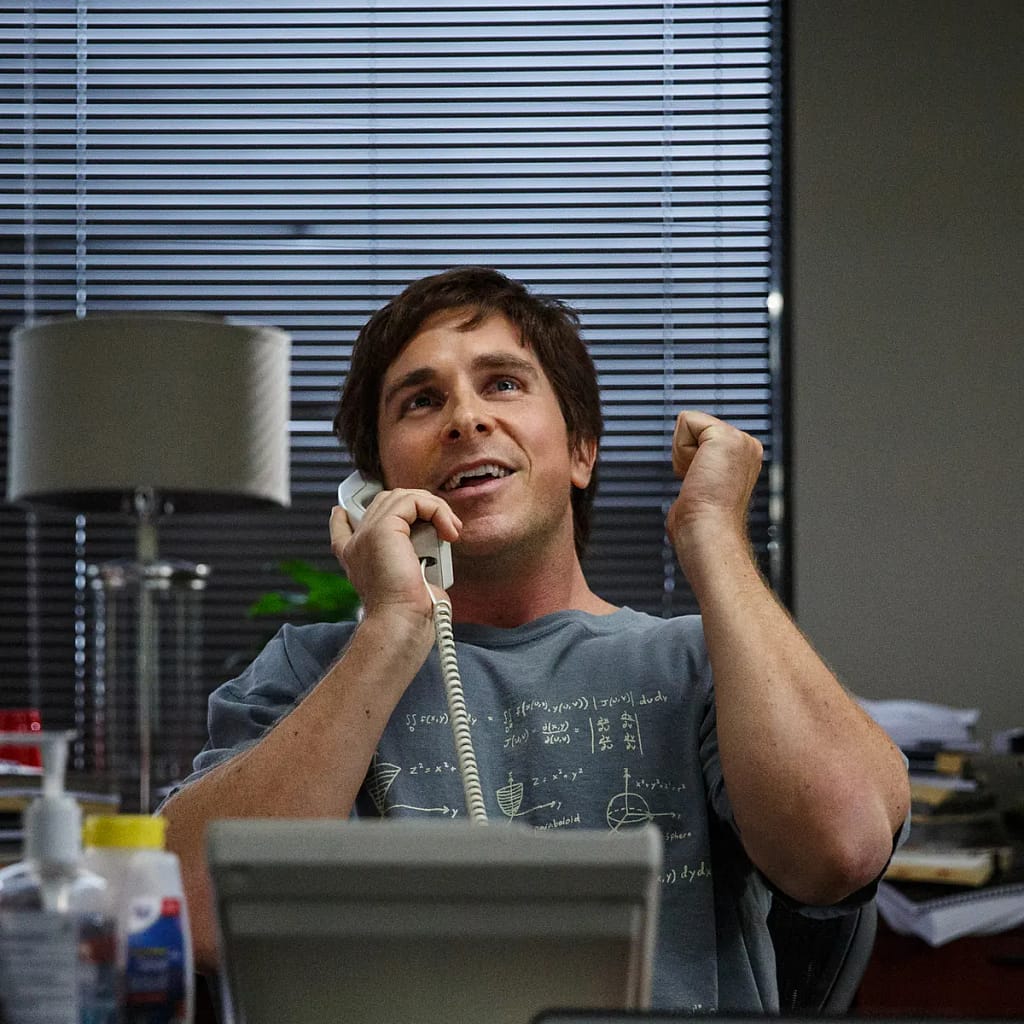Michael Burry became a celebrity investor during the 2008 financial crisis. He successfully predicted the collapse and made a considerable amount of money from it.
This was brought to the eyes of the larger public by the book “The Big Short”, later adapted into a movie with Christian Bale and Ryan Gosling.
His Twitter moniker (active on and off) is Cassandra, from the mythical Greek figure warning of impending doom, cursed by the Gods to be permanently ignored even after being proven right. He seems to have a love/hate relationship with Twitter, and he regularly activates and deactivates his account.
Who Is Michael Burry?
When looking at Burry’s background, I was surprised to discover that finance is not his first trade. He started as a pathologist and studied investing as a hobby.
The more I learn about great investors, the more I see a pattern of a background in another field.
To this day, Burry holds an active physician’s license, meaning he stays up to date on medical progress, even if this is not of direct practical use in his investing career.
While working as a doctor, the quality of his stock picks on early Internet message boards caught the attention of large investment firms, including already famous investors such as Joel Greenblatt. This helped him launch his first hedge fund.
Burry became famous for shorting the housing bubble of 2008, but he actually made it big for the first time by shorting Internet stocks in 2001. He managed a return of 55% while the S&P500 was going down 11%. His returns in the two subsequent years were 26% and 29%.
On the personal side, Burry is married with children and is a fan of heavy metal music. Considering his own firm, Scion Asset Management, is named after a fantasy novel, I can guess he is also a fan of SF and fantasy.
Michael Burry’s Investing Strategy
Burry describes his investing method as classic value investing, taking inspiration from Benjamin Graham, Warren Buffett’s mentor.
I would say that in practice he has his own style, focused on identifying and exploiting bubbles. Maybe this is because he achieved initial success during the dot-com bubble. Since then he has successfully bet on the collapse of the dot com bubble and on the end of the 2008 housing bubble. He is back on the hunt now (but more on that below).
Not all of his short positions work out. Notably, he gave up a short position on Tesla in 2021 after the company’s stock went up 100%.
Burry claims to have a focus on the margin of safety, but his short-centered strategy makes me think his definition of margin of safety differs significantly from Graham’s.
He seems to buy only companies that are somewhat undervalued or at the bottom of a cyclical downturn. That is similar to Graham, but I doubt that aggressive hedging and shorting would have matched the tastes of the grandfather of value investing. So like Buffett, Burry seems to have used Graham’s teaching as a base but adapted it into his own unique investing style.
Opinions on Current Markets
Michael Burry is firmly convinced that we are now in the midst of a massive bubble, the third in his career. He has even called it “Greatest Speculative Bubble of All Time“. He sees the recent market decline (as of July 1, 2022) as “only halfway there“.
His other big market forecast is a reversal in the Fed’s raising of interest rates. This would come from a phenomenon called the bullwhip effect. This would imply that declining inflation in the second part of the year, as well as a recession, are imminent.
Lastly, he expects the incoming crisis to affect white-collar jobs first. He perceives white-collar workers as “having proven their redundancy during COVID“.
It must be noted that Burry is sometimes criticized for having predicted “12 out of the last 3 recessions”. There is a point there. Burry is often too early: he began predicting the subprime crisis in 2004-2005. But I would say that once the timing problem is taken into account, his analyses are still spot on.
So it is more of a case that he gives the right warning, but might be a few years too early. But calling him a “perma-bear” would be unfair considering his track record in spotting actual bubbles that did eventually pop.
Stock Picks
Burry’s portfolio is a little bit boring and defensive compared to his reputation as a firebrand and maverick. It includes Meta and Alphabet and several companies in the tourism and media industries. It is also a rather concentrated portfolio of roughly 10 positions.
I have the feeling it is mostly a defensive position to avoid staying in cash, while the bigger gains are expected from shorting overvalued stocks, especially the speculative growth stocks held in Cathie Wood’s ARK ETF. Considering the trend of tech stocks since the beginning of this year, I suspect Burry will once again cement his reputation as a super investor, or at least as an expert in profiting from the deflation of market bubbles.
Burry’s portfolio might be hard to copy for individual investors. Shorting is a risky activity that requires a lot of knowledge and discipline. It’s not enough to predict that a stock will fall: to short effectively you have to bet on when it will fall.
Even without shorting, though, Burry’s warnings are hard to ignore, given his track record.
Overall, Michael Burry is an investor to follow, thanks to his remarkable track record, brutal honesty, and complete freedom of speech. You may not always like what he has to say and you may not always agree, but it’s always worth considering.




